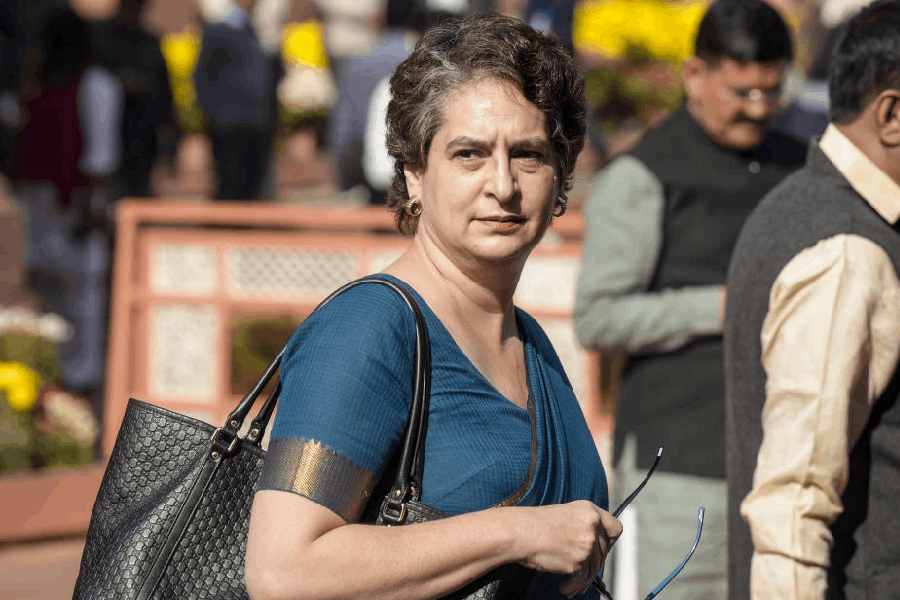India was adjudged the most dangerous nation for women by a global poll in 2018. The situation, dishearteningly, seems to have worsened. According to data released by the National Commission for Women, the country witnessed a rise of 46 per cent in complaints of crimes against women in the first eight months of this year in comparison to the corresponding period of last year. Of the total complaints received, the highest number were recorded under the ‘right to live with dignity’ clause, followed by complaints of domestic violence and, then, of harassment of married women or dowry-related coercion. The highest number of complaints were registered in states and Union territories that are laggards in this regard: Uttar Pradesh tops the list, followed by Delhi and Haryana.
The spike in registered cases can be attributed to several factors, not least of which is the versatile nature of violent crimes against women. The violence can be disproportionate though. Data from the National Crime Records Bureau show that in 2019 there were over 4,05,861 cases of assaults on women — a 7 per cent spike over the figure reported in 2018. Of these, 13,273 attacks, including 3,486 rapes, were perpetrated against Dalit women. The pandemic has exacerbated the crisis, with domestic violence — it witnessed a massive surge during the lockdown — labelled a “shadow pandemic”. Another challenge is posed by the subtler forms of violence — emotional abuse and mental cruelties — many of which are not even recognized as crime by the law. Marital rape, for one, still enjoys legal sanction. Then, there are systemic failures. The conviction rate for rape was a paltry 27.8 per cent for 2019, even though 88 cases of rape were recorded every day on an average. These systemic failures have led to a worrying demand for instant justice. Even though activists have made several arguments against the efficacy of capital punishment as a deterrent, the death penalty is still repeatedly proposed by political parties in an attempt to deflect attention from the structural and systemic challenges. India’s anti-rape laws are already stringent; putting effective deterrents in place would require more than symbolic gestures. These would involve addressing the lacunae on multiple fronts: shoddy investigation, the lack of sensitization among the police and the public about the dangers of ‘instant justice’ and, crucially, the embedded inequalities of gender and economics fuelling such crimes.











